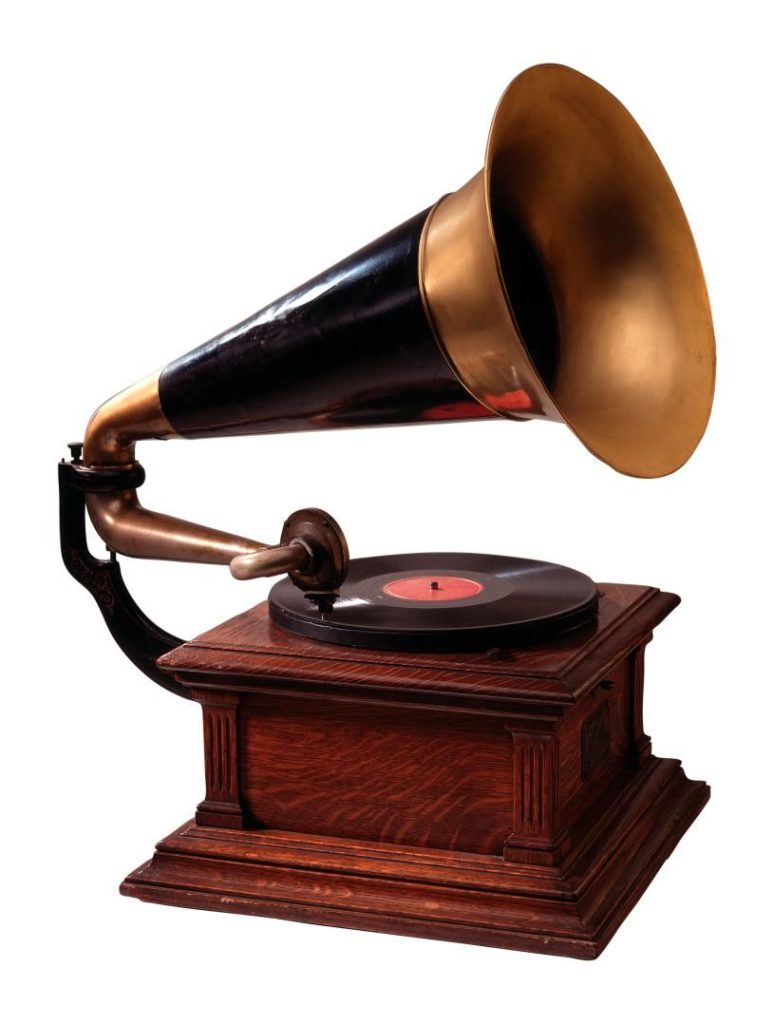In the world of audio equipment, the stereo console holds a special place. As we delve into the exciting stereo console history, from the early Victrolas to the component systems of the 1980s, we’ll unearth a fascinating tale of technological advancement and changing listening habits.
From Phonographs to Victrolas: The Dawn of Sound
Our stereo console history begins in the late 19th and early 20th centuries. The phonograph, invented by Thomas Edison in 1877, was the first device capable of reproducing recorded sound. But it was Eldridge Johnson’s refinement of Emile Berliner’s gramophone into the Victrola in 1906 that started to resemble a household item.

The Victrola, an early form of the stereo console, elegantly concealed the gramophone mechanism inside a cabinet that could blend into a room’s decor. Although the Victrola only played mono recordings, it set the precedent for the console stereo system: a single piece of furniture that housed the entire audio system.
Radio Consoles and the Rise of Hi-Fi
Our journey through stereo console history continues into the 1920s and 1930s, when radio consoles began to gain popularity. These large wooden cabinets housed a radio receiver and a speaker, and like the Victrola, they were designed to be a furniture piece.
The post-World War II era saw the rise of the High Fidelity (Hi-Fi) movement. Hi-Fi systems, built around the idea of high-quality sound reproduction, became an essential part of the mid-century home. Stereo consoles of this time, like those produced by Grundig, Magnavox and Zenith, incorporated turntables, AM/FM radio tuners, and speakers into one beautifully crafted wooden cabinet.
The Stereo Console in the Golden Age of Vinyl
The 1960s and 1970s, often considered the “Golden Age of Vinyl,” represent a vital chapter in stereo console history. Stereo sound, offering a more immersive listening experience, was now the standard. This period saw the production of luxurious stereo consoles designed to deliver this new, enriched audio experience. Brands like Motorola and Curtis Mathes became household names.
In these decades, the stereo console was more than an audio device; it was a status symbol. These high-end consoles, often made from walnut or mahogany, featured not only turntables and radio tuners but also reel-to-reel tape players and even early television screens.
Transition to Component Stereos
As we approach the end of our journey through stereo console history, we reach the 1980s. The trend started shifting towards component stereo systems. Rather than a single piece of furniture, a component system consisted of separate units, each performing a specific function. These components typically included a receiver, a turntable or CD player, and speakers.
This change was driven by several factors. The advent of digital audio and compact discs rendered some aspects of the console obsolete. Moreover, audiophiles appreciated the flexibility to mix and match components to achieve their desired sound.
While the popularity of the stereo console waned, it never entirely disappeared. Today, collectors and audio enthusiasts alike cherish vintage stereo consoles. Modern reproductions cater to those who appreciate their aesthetic and all-in-one convenience.
There you have it: a journey through the rich stereo console history, from Victrolas to component systems. These devices shaped the way we consumed music and radio, and their influence are still felt in today’s audio equipment. The evolution of the stereo console is a testament to the human desire for better sound quality, convenience, and beautiful design—a quest that continues to this day.
Stereo Console Brand Histories
How to Pick a Stereo Console
While the stereo console history may be bumpy, we have written a handy guide for you on your decision of how to select the right stereo console for you.